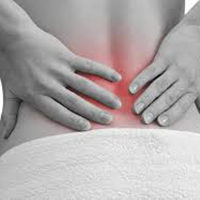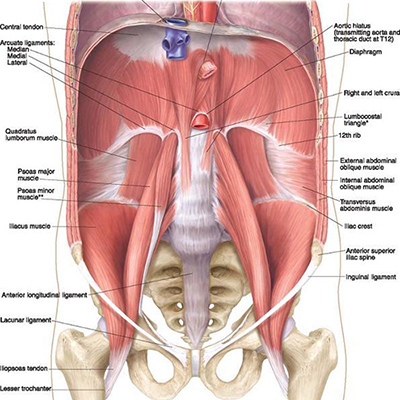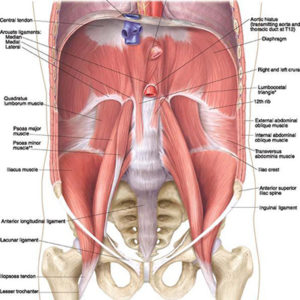 Low back pain is routinely listed as the largest cause of chronic pain in the US. It is responsible for more occupational disability than any other cause. It doesn’t seem possible that simply practicing diaphragmatic breathing reduces back pain, but it does.
Low back pain is routinely listed as the largest cause of chronic pain in the US. It is responsible for more occupational disability than any other cause. It doesn’t seem possible that simply practicing diaphragmatic breathing reduces back pain, but it does.
Besides, deep breathing should be the foundation of any myofascial self-care program anyway!
Many people have been through an episode of LBP that was severe enough to be referred for therapy. The craze about “strengthening your core” is partly a response to the low back problems associated with 21st century lifestyles. There is broad agreement about this. However, the foundation of true core musculature is the diaphragm and its partner, the Transversus Abdominis (TA).
Deepening Your Diaphragmatic Breathing
So, we’ve clarified what core muscles are and some of the ways they relate to low back pain. What can we do about it?
- Situps and other abdominal exercises will NOT help and may actually cause back pain.
- Proper training of the deep abdominal muscles begins with diaphragmatic breathing and abdominal bracing.
- Practice deep rhythmic belly breathing to tone the diaphragm.
- Practice abdominal bracing technique with the TA against the breath. This tones this muscle as well.
The intention of training of these and other core muscles is to provide stability as we move. Breath is the foundation of this stability. Dynamic Neuromuscular Stabilization therapy improves function and relieves pain. It is a simple method and it works. We continue to use and improve this approach for treating lower back pain with great success.
 This also illustrates well how deep and how interconnected the diaphragm, TA, iliopsoas and (QL) are. They are the essence of core musculature. It also shows us why core strength and stability begins with the breath and the deep abdominal muscles.
This muscle is intimately connected with the diaphragm, the quadratus lumborum (QL) and the iliacus (the 'ilio' in iliopsoas). As such, it forms a crucial bridge between breathing and movement. This link begins to clearly develop when we are just a few weeks old.
Many of us do not breathe deeply and rhythmically on a regular basis. This would allow our own breath to tone our deep abdominal and pelvic floor muscles.
This also illustrates well how deep and how interconnected the diaphragm, TA, iliopsoas and (QL) are. They are the essence of core musculature. It also shows us why core strength and stability begins with the breath and the deep abdominal muscles.
This muscle is intimately connected with the diaphragm, the quadratus lumborum (QL) and the iliacus (the 'ilio' in iliopsoas). As such, it forms a crucial bridge between breathing and movement. This link begins to clearly develop when we are just a few weeks old.
Many of us do not breathe deeply and rhythmically on a regular basis. This would allow our own breath to tone our deep abdominal and pelvic floor muscles.
 We also don’t effectively use our Quadratus Lumborum (QL) and iliopsoas to stabilize and support the movements of our trunk and our limbs against each other. Our breath can help us with that.
We also don’t effectively use our Quadratus Lumborum (QL) and iliopsoas to stabilize and support the movements of our trunk and our limbs against each other. Our breath can help us with that.
The iliopsoas is considered the primary flexor of the hip. In addition, current anatomical research shows that along with the QL, it has a major role in stabilizing the relationship of the trunk to the lower body as we move.
It seems obvious just looking at the picture that these muscles are clearly helping to hold the trunk and lower body together.
Our spines suffer because the muscles and connective tissue at this critical junction are no longer working together effectively.
In fact, this inability of this very deep group of core muscles to stabilize against our movement in three dimensions is the essence of chronic low back problems. Stabilizing these important muscles is how diaphragmatic breathing reduces back pain.
